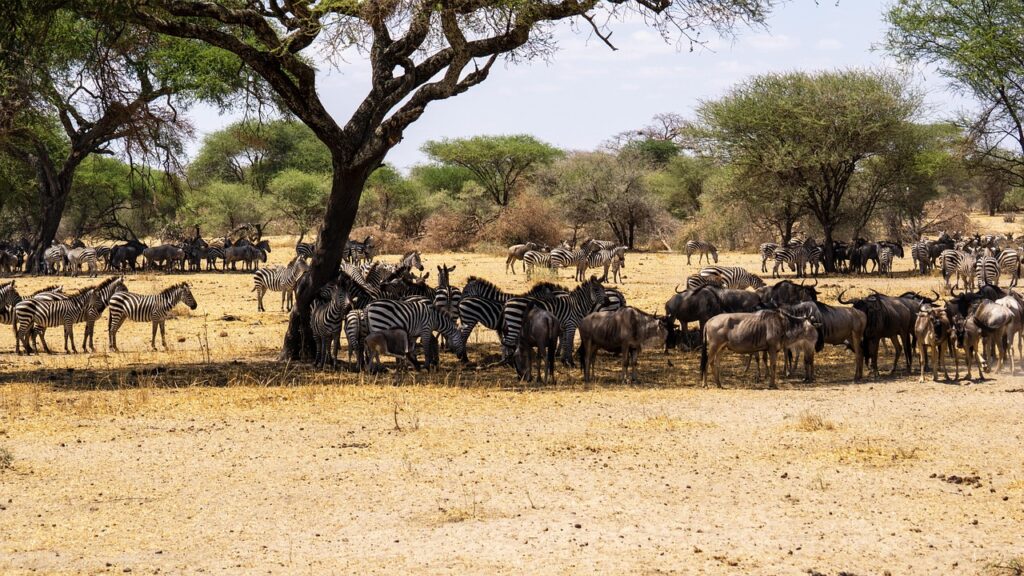Migration Madness

In Search of New Lands
Autumn is migration season — a global shift in motion. Skies, seas, forests, and grasslands come alive with movement as millions of animals leave behind summer breeding grounds and head toward warmer, safer places. This is nature in transit: precise, ancient, and often overwhelming in scale. Whether it’s a solo flight or a synchronized swarm, migration in autumn is one of the most powerful wildlife spectacles on Earth.
Bird Migrations in Autumn
- Swallows and martins leave Europe and North America for Africa and South America, often flying up to 300 km per day.
- Common cranes gather in vast groups before leaving Scandinavia, Russia, and Eastern Europe, flying to wetlands in Spain, Turkey, and North Africa.
- Arctic terns begin their journey from the Arctic Circle to Antarctica — the longest migration of any animal, over 70,000 km round trip.
- Sandhill cranes move through central North America in massive flocks, feeding and resting in wetlands from Nebraska to New Mexico.
- Storks from Europe pass through the Middle East and North Africa, using thermal currents to soar long distances with minimal effort.
- Raptors like hawks and eagles follow mountain ridges and coastlines, using thermals to conserve energy while scanning for prey below.
Insect Migration
- Monarch butterflies leave Canada and the northern U.S., heading to high-altitude forests in central Mexico. Their great-grandchildren will make the return trip in spring.
- Dragonflies like the globe skimmer migrate across the Indian Ocean — a multigenerational journey that may span continents.
- In tropical zones, some moths and beetles migrate between wet and dry forest zones to follow seasonal blooms and food sources.
Ocean & Land Migrations
- Humpback whales begin leaving Arctic feeding grounds, heading toward tropical waters near Hawaii, Central America, and the Indian Ocean to breed and calve.
- Caribou (reindeer) in North America and northern Europe begin moving from tundra to forested winter ranges, often covering hundreds of kilometers in large herds.
- Salmon complete their upstream journey to spawn, with bears and eagles following them closely in Alaska, Canada, and northern Japan.
Where to Witness Autumn Migration
- Bosque del Apache, USA: Watch tens of thousands of sandhill cranes and snow geese arrive in New Mexico wetlands.
- Rügen Island, Germany: Crane staging grounds alive with noise and movement before their flight south.
- Point Pelee, Canada: A hotspot for warblers and hawks funneling south across Lake Erie.
- Masai Mara to Serengeti: Wildebeest herds begin moving back toward southern Tanzania as the short rains arrive.
- Mexico’s Transvolcanic Belt: Monarch butterflies begin to cluster in fir trees at over 3,000 meters altitude.
Field Tips for Observing Migration
- Bring binoculars and a zoom lens — distances can be huge.
- Study timing — many migrations happen in bursts over just a few weeks.
- Focus on staging areas — where animals gather to rest or feed en route.
- Arrive early — many birds and insects are most active in the first light of day.
- Stay still, and watch the sky — sometimes it’s the sound before the sight.
Migration is movement with purpose. It’s a rhythm older than cities, borders, or even memory. Autumn is when nature makes its next move — and if you’re in the right place, you’ll feel the urgency in your bones. Nothing stands still. The wild is on the move.
